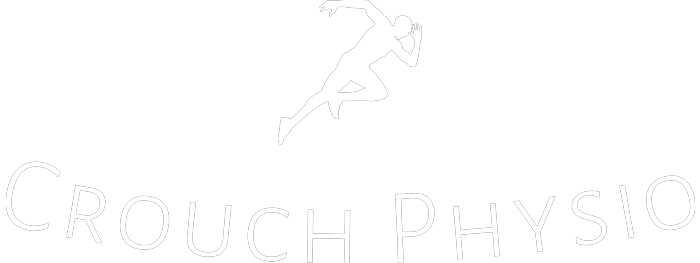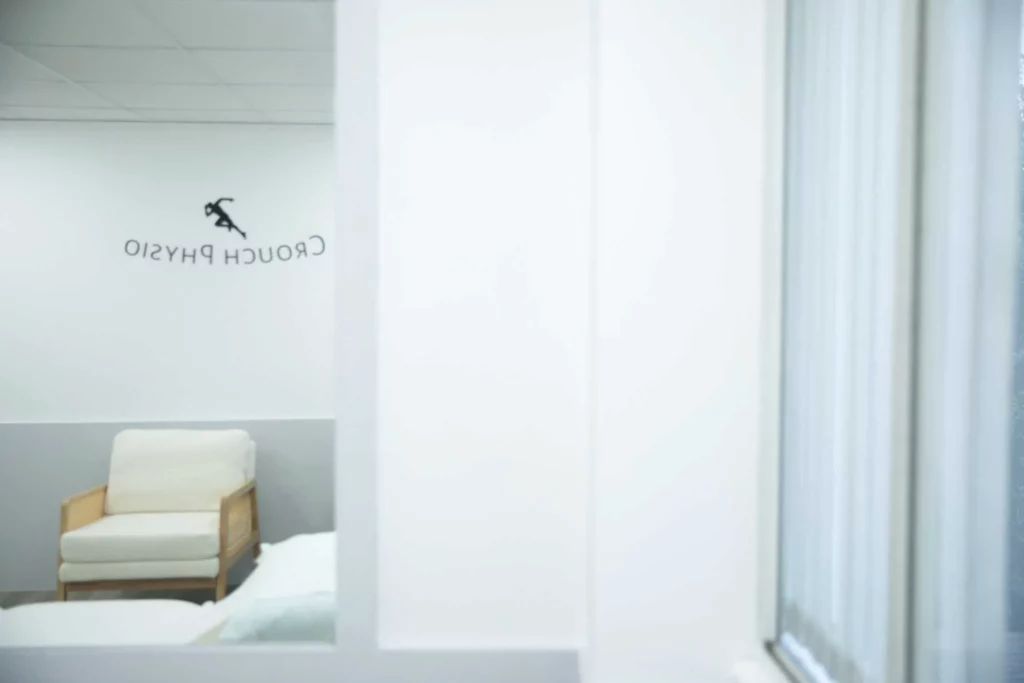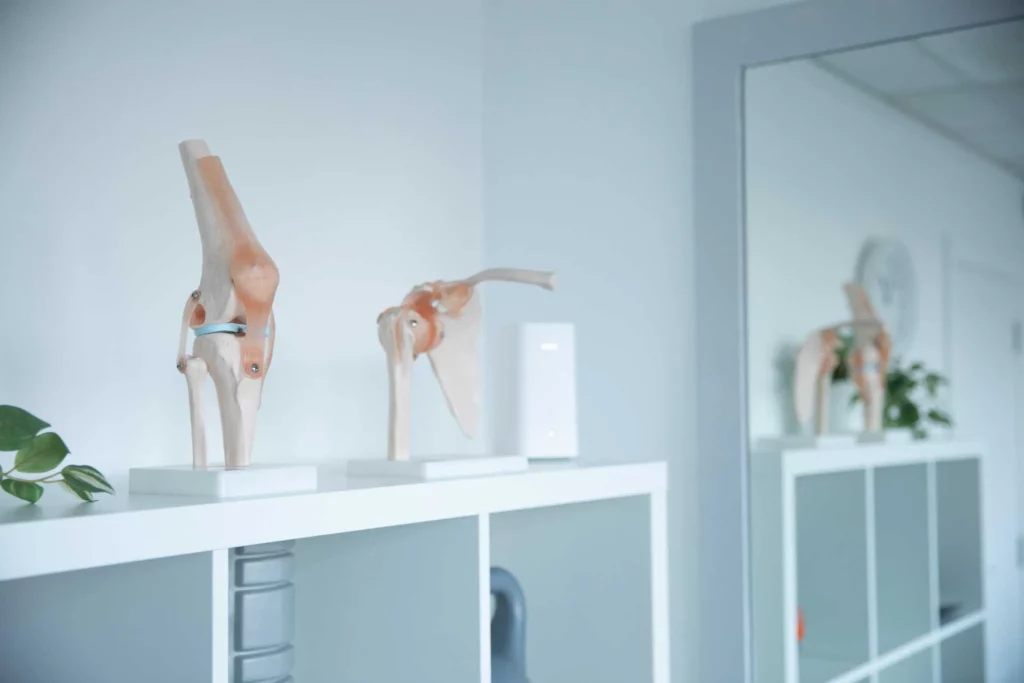ACL (Surgical or Non-Surgical)
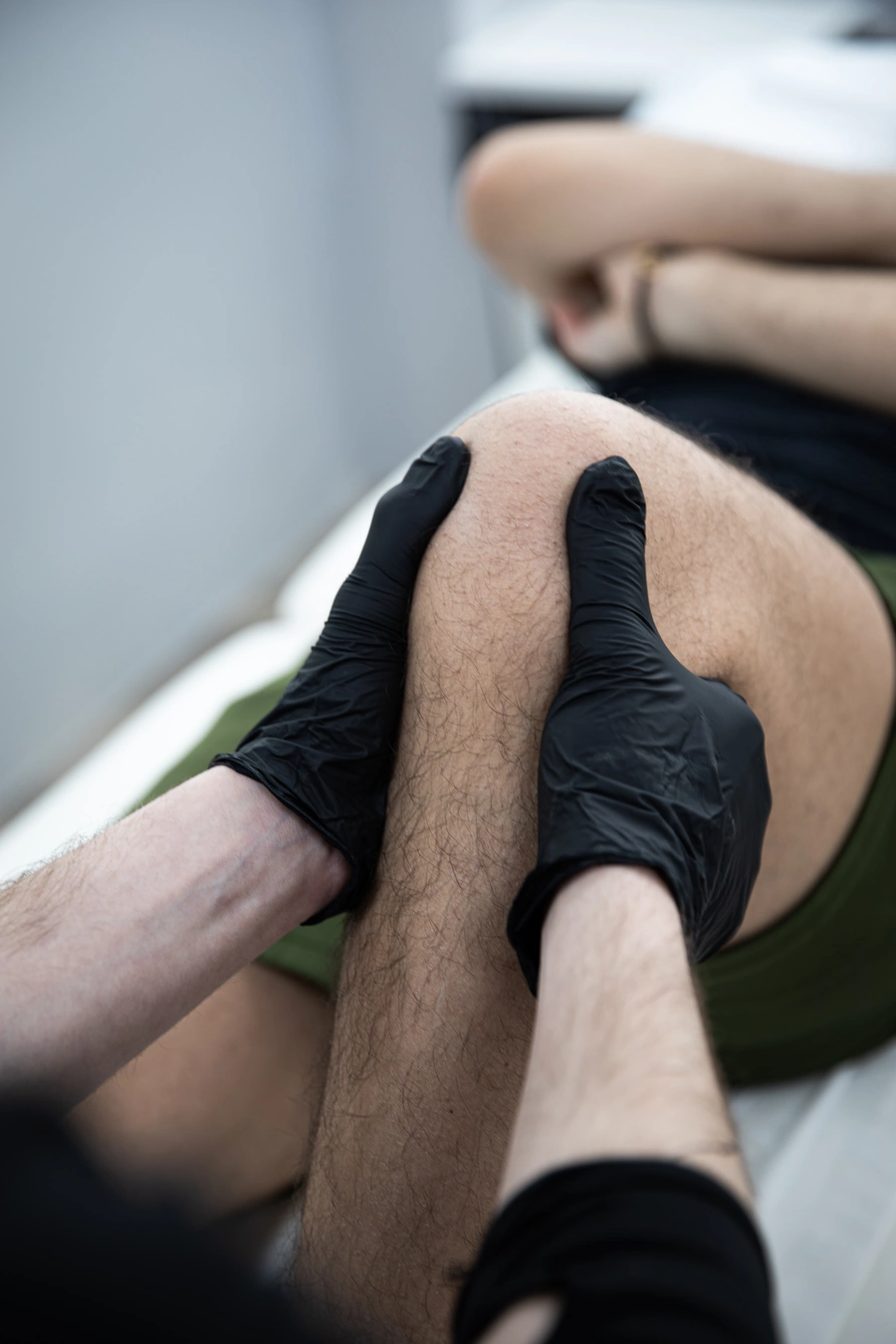
What is ACL?
The anterior cruciate ligament (ACL) is a crucial part of the knee that plays a key role in controlling its movement. It helps prevent the shinbone from moving too far forward and rotating excessively. The ACL is responsible for about 85% of the force that stops the knee from shifting forward. Additionally, it helps control the side-to-side movements and stabilizes the knee against certain stresses.
Interestingly, aside from its mechanical role, the ACL also has a proprioceptive function, meaning it contains sensors that help your body understand the knee’s position in space. This makes an ACL injury more than just a physical problem; it involves a neurophysiological aspect, indicating a dysfunction in the nervous system’s control of movement, not just a simple muscle and joint injury.
When an ACL injury occurs, it can result in clinical signs such as instability and a feeling that the knee is not secure. This makes a comprehensive rehabilitation program essential to address both the physical and neurophysiological aspects of the injury.
Goals of ACL Rehabilitation
- Achieve Full Range of Motion (ROM): Ensure that the knee can move completely and comfortably in all directions.
- Restore Muscle Strength and Proprioception: Rebuild the strength of the muscles around the knee and enhance the body's awareness of its position to improve overall stability.
- Attain Good Functional Stability: Enable the knee to provide solid support during daily activities, such as walking, running, and jumping.
- Achieve the Best Functional Level: Work towards optimising performance in various functional activities, including walking, running, and jumping, based on individual capabilities & goals.
- Decrease the Risk of Re-injury: Implement strategies and exercises to minimise the chances of the knee getting injured again.
- Return to Sport (if applicable): If the individual is an athlete, safely reintegrate into sports activities by ensuring the knee is sufficiently recovered and strong enough to handle the demands of the sport.
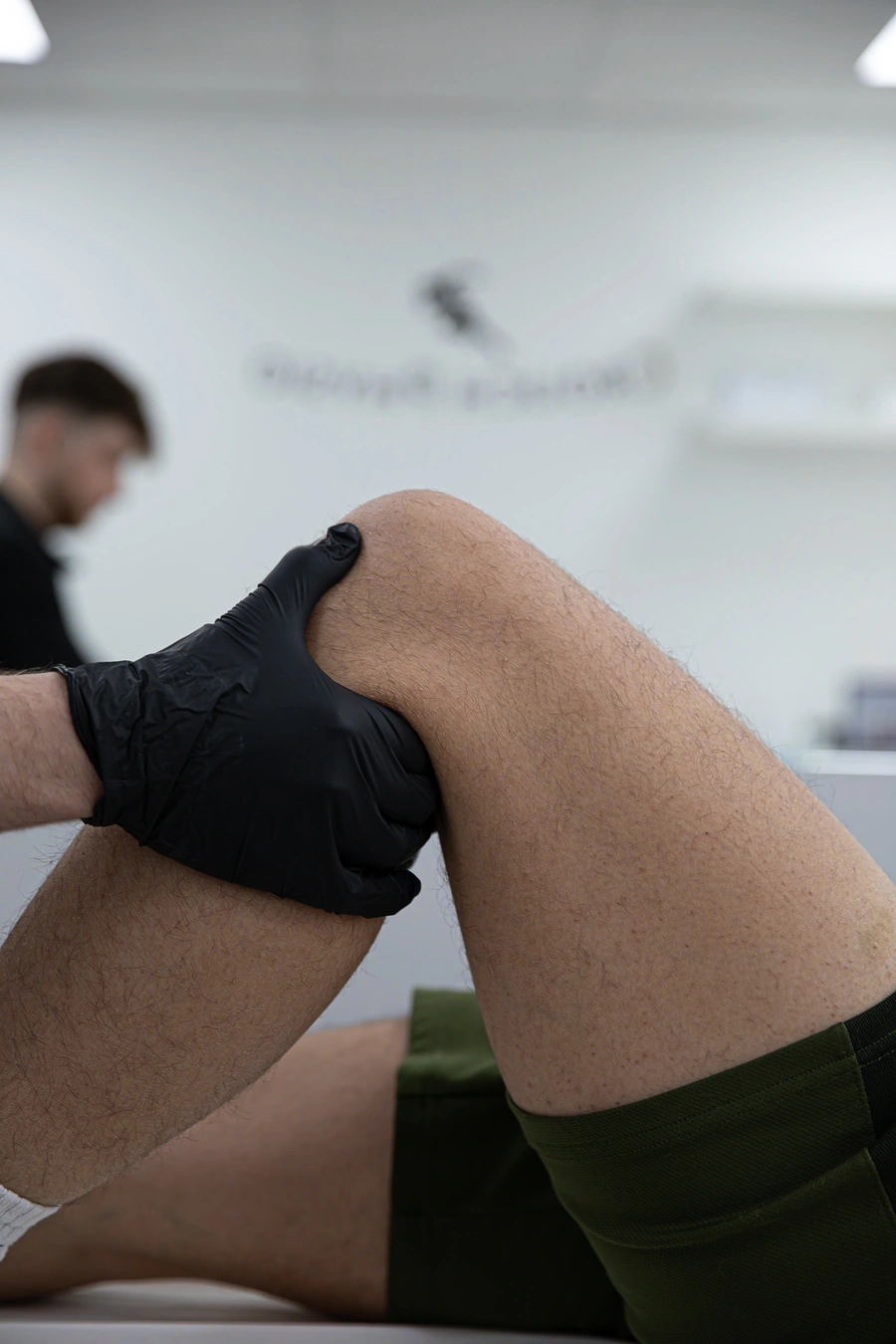
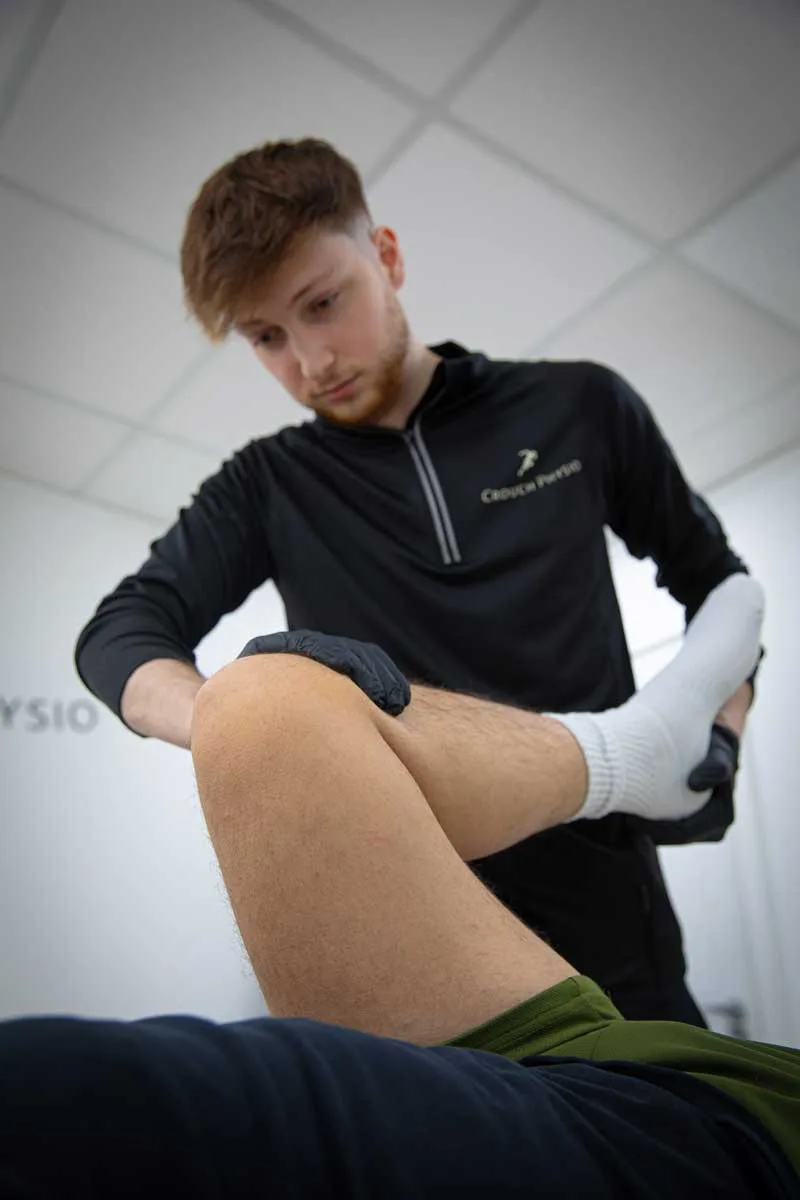
Our Method Of Treating ACL Injuries
It is important to note that a holistic package of care is needed to effectively treat ACL injuries due to the high re-injury rate. In addition to the above, Below is a SNAPSHOT of how we work to rehabilitate these injuries. Please note that no two rehabilitation plans will be the same – we need to keep plans specific and personalised!
- 1. Objective Testing We use the latest technology to accurately measure strength, range of movement, swelling, etc. We will provide objective feedback at each session to monitor progress.
- 2. Ongoing Support We offer ongoing assistance to all our clients beyond our clinic. Your expert Physiotherapist will maintain regular communication to address questions and help with any concerns you may have.
- 3. SMART Goal Setting You will collaborate with your expert Physiotherapist to develop a customized list of goals, ensuring that each session is dedicated to progressing toward both your physical and mental objectives.
- 4. Return to Sport/Activity Testing We employ the most recent scientifically validated tests for returning to sports, backed by research and evidence. We adhere to a rigorous protocol to maximize the chances of preventing our athletes from experiencing further injuries.
